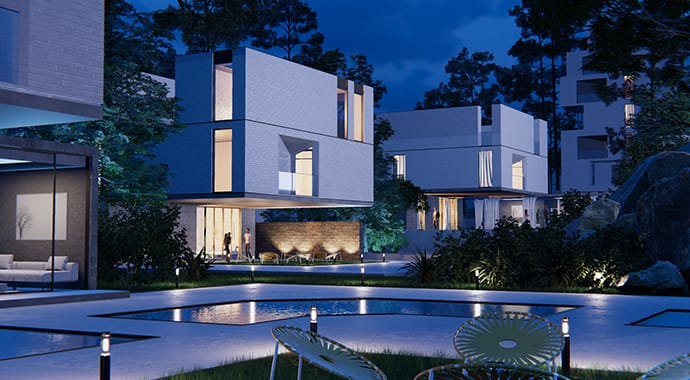
The course follows advance methods of teaching and additionally there is example to learn steps in modeling an actual building as well as adding V-ray material, lights, scene management and much more in depth. In this course, we are gonna learn SketchUp from scratch to advance level. SketchUp is widely used application in myriad vocations, be it Architecture or product designing. If you are here, you probably know what SketchUp and V-Ray is. Invisible Emitter will light the rest of the scene but the actual material will be invisible.Ĭlarity: How ‘foggy’ the inside of a material is.Hello, this is your instructor Shivam. ‘Fake Emitter’ will make the material look like a light source, but the light won’t actually be affecting the rest of the scene. light travels through without bouncing.ĭensity: Density of the light scatter that occurs inside a translucent object.įrit: A texture that appears to be built inside the material.Įmitter: Turn entire surfaces into light sources. Translucence: The way light passes through an object that is not opaque – a high percentage will appear to be lit well from light sources, a low number will appear more ‘invisible’ i.e. Scatter: How much light spreads as it passes through the material. Different from shininess in that shininess can produce a ‘glint’ of light, whereas reflectivity will only show other items in the scene.Ībsorption: How quickly light fades as it passes through the material – a high number means light hardly reaches into the object, a low number means light reaches further into (and through) the object. Subtle changes can still be seen setting values up to 1 million! Very shiny surfaces will need a very high value – a shiny floor for example should be set between 1500. A very shiny surface will appear bright white and act almost as an extra light-source. Shininess: How much light ‘glints’ off a surface. Reflection: You can set an image that gets ‘reflected’ in a shiny surface, even if the items that seem to be reflected are not in the scene. Here are some typical real-life IOR values as advised by the Twilight creators: Editing the value by very small amounts (0.1) can have large affects on the result. In reality, IOR only seems to affect translucent materials in Twilight. For translucent surfaces it affects the way light bends as it passes through the surface and for both opaque and translucent objects it affects how much of the surrounding environment gets reflected depending on the angle from which it is viewed. It is the angle of refraction of light as it passes through, and reflects from an object. Adjust the values from 0 to 10, sometimes a very tiny amount of bump <0.01 will do the trick, sometimes you need to amplify the bump much more to get the desired affect. The Size input box beneath bump relates to how big the bump texture appears. Procedural will do the same but give you a choice of pre-made Twilight patterns. Texture will do the same, but with a pattern image of your choosing. SketchUp will take the image of the pattern and ‘raise’ the light parts and ‘lower’ the dark parts. You can choose between SketchUp, Colour, Texture or Procedural.

Note that it is an impression of a texture so if a surface edge is seen closely in a final render the outer edges of that object will still be smooth. 100% is fully opaque, 0% is invisible.īump: Bump adds an impression of texture to the surface. Finally, procedural allows you to choose from a selection of pre-made Twilight patterns.Īlpha: Alpha means transparency.

Texture means you can specify a specific image file, so the image used in Twilight could be completely different from the image you see in the SketchUp view (you may wish to use this for textures that look very different from the SketchUp model, such as for mirrors or subtly different materials). Colour means a flat colour of your choosing. This is the most likely setting you will use. SketchUp means it takes the pattern from the SketchUp image itself. It can be SketchUp, Colour, Texture or Procedural. Any feedback would be seriously welcome on whether I have the right idea for these:Ĭolour: Colour is the main imagery of the material – if the object is ‘wrapped' using the texture like wrapping paper, then ‘colour’ is the pattern on the paper. Hi, I'm using Twilight Render and wanted to compile a list of descriptions of all the tweaks for rendering materials with the Twilight presets.


 0 kommentar(er)
0 kommentar(er)
